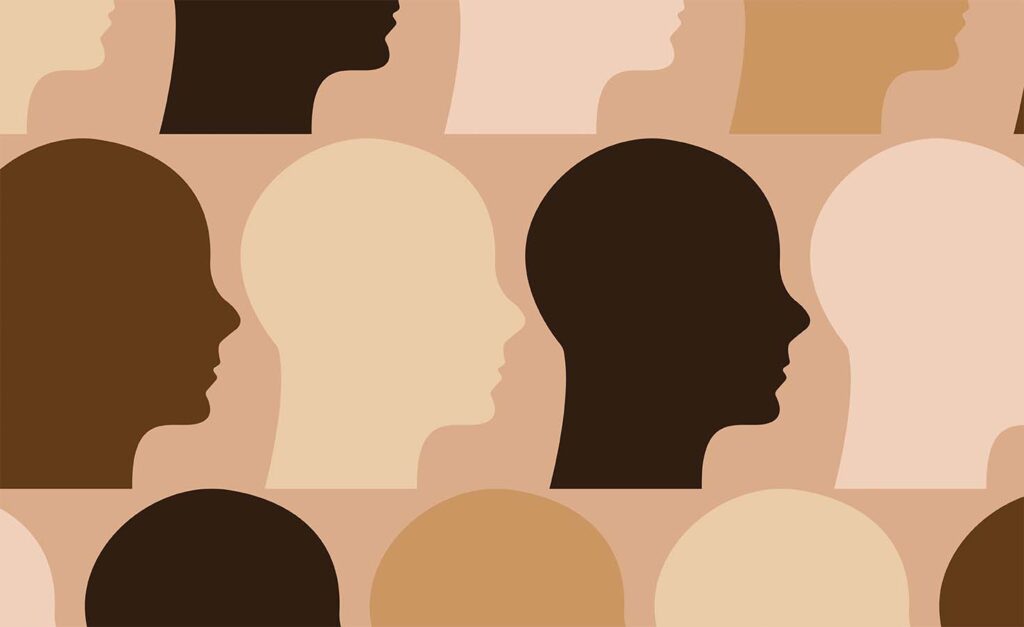
We’re all used to seeing the world in three dimensions. But theoretical physicists suggest our universe may actually exist in 11 different dimensions at once.
Reality can be far more complex and nuanced than you ever imagined. The same holds true for personal identity.
Identity is diverse, multifaceted and distinctive. The myriad dimensions of diversity all exist simultaneously, and every individual has their own unique experience. This complex overlap is known as intersectionality.
So what does that mean for your brand?
Explore the many dimensions of diversity
There’s no more important foundation for an audience-first approach than viewing prospects and customers as individuals. More than demographic groups, they’re unique people with a wide-ranging mix of identities.
Some of the dimensions of diversity include:
- Sexuality, gender and gender identity
- Race, ethnicity, culture and language
- Religious background and beliefs
- Marital or parental status
- Education
- Physical and mental ability
- Occupation and income
- Geographic location
The intricate way these dimensions overlap — intersectionality — matters because it informs how you communicate with different audiences, and how they relate to your brand.
Misrepresenting groups can lead to tone-deaf or potentially offensive campaigns. Consciously connecting with and seeking to understand your diverse audiences helps make sure you accurately represent everyone. Plus, it represents a significant opportunity for developing an internal culture of equity, inclusion and belonging.
Some pitfalls to look out for
Without keeping diversity and intersectionality in mind, brands can easily find themselves falling into a number of common traps.
Bias
Unfairly favoring one group over another.
Stereotyping
Perpetuating oversimplified and often untrue beliefs about a group.
Tokenism
Doing something only to give the appearance of fairness.
Appropriation
Adopting elements of a group’s culture without acknowledgement.
Embrace diversity company-wide
The first step for your organization should be establishing inclusivity as a company-wide business mandate.
Everything starts with great data and fresh insight. Actively seek out diverse audiences, creating opportunities for conversation. Get to know everyone’s individual story. Encourage everyone to bring their ideas to the table. Working with DEI&B (diversity, equity, inclusion and belonging) experts can also help inform your efforts.
From there, make sure you’re promoting inclusivity at every stage throughout the creative process. That might mean developing a system to make content more accessible. Conducting regular checks to avoid stereotyping in concepts, language and images. Testing advertising and marketing for bias. Or having honest discussions about any issues that come up.

Where will inclusivity lead you?
Keep in mind: There is no one-size-fits-all solution. The goal is to show respect for all audiences, and accurately represent the beautiful diversity multiverse that is our world.
The effect can be truly transformative. And it won’t take long before you begin to notice the difference. Greater empathy for each individual’s unique experience helps your team better understand what audiences value most. That’s the kind of insight that leads to more powerful, impactful marketing.
Ready to delve even deeper into the diversity multiverse? Let us be your guide. Reach out to MKR to begin your journey.